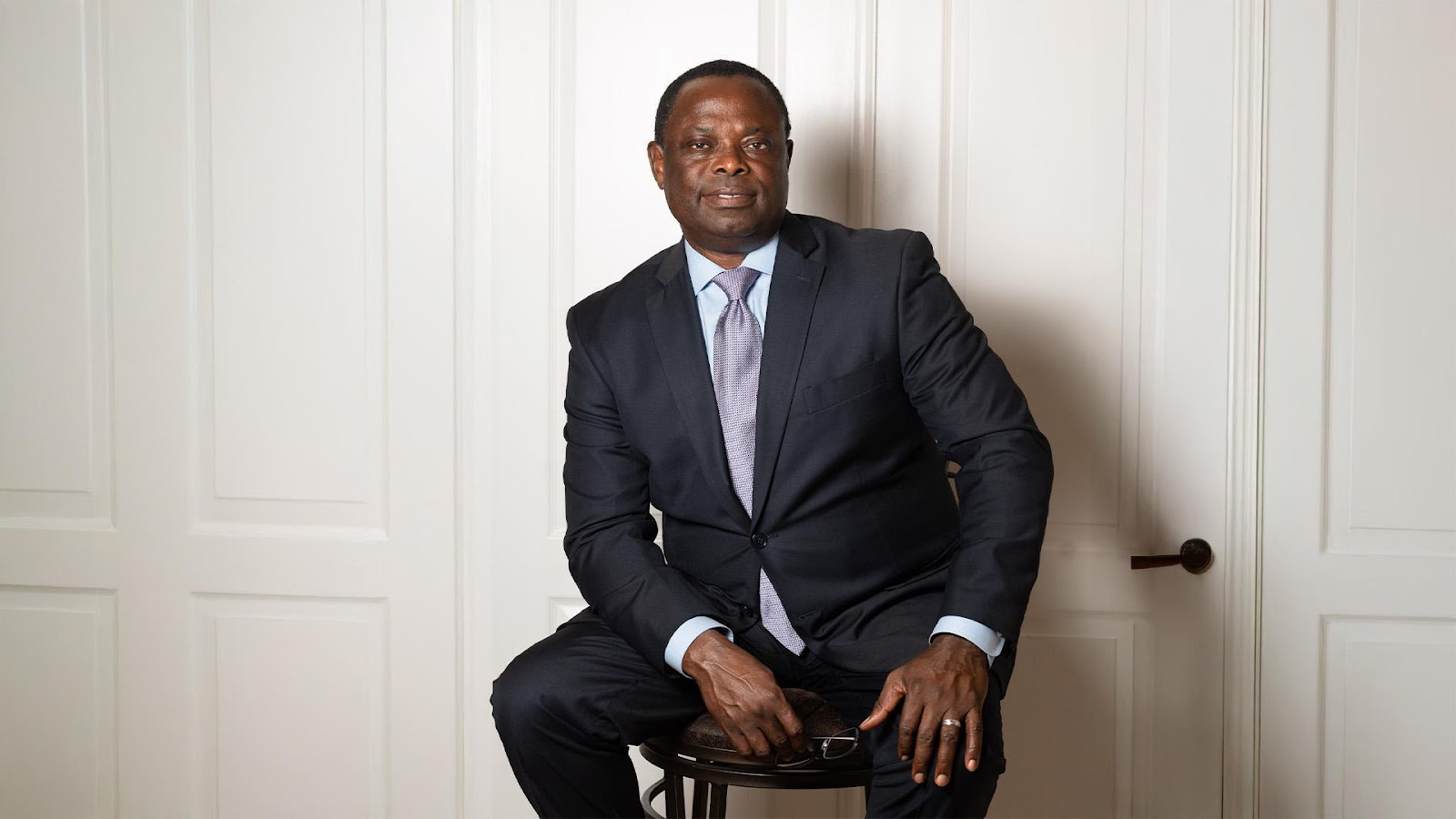Managing mega projects – spanning billions in capital investment – demands more than engineering prowess or financial oversight. It requires a rare fluency in translating executive vision into measurable outcomes, balancing strategic agility with unyielding operational discipline.
Akin Oni, a senior project executive, strategist, speaker, and author, has led complex infrastructure and energy initiatives across multiple continents. He is widely regarded for his ability to embed execution discipline into boardroom ambition, bridging the often-fatal gap between corporate strategy and on-the-ground delivery. “Too often, strategy is created in isolation from the realities of execution,” Oni says. “The real opportunity – and the real risk – lies in how well we connect those two worlds.”
Bridging the Critical Gap: Strategy Meets Execution
“The gap between boardroom vision and field-level execution is where value is often lost – or unlocked,” Oni says. And that gap, he argues, has become one of the most pressing challenges in delivering capital projects that create lasting impact.
For Oni, strategy is the ‘why’ and ‘where’ of every investment – competitive positioning, Environmental, Social and Governance (ESG) priorities, and growth targets set at the executive level. Execution, on the other hand, is the ‘how’ and ‘when’ – manifested through the lens of engineering, procurement, construction, and delivery disciplines. The failure to meaningfully connect these spheres is what often leads to schedule delays, cost overruns, and projects that underperform on strategic outcomes.
This is where Oni has carved a distinct niche: serving as the connective tissue between C-suite aspirations and boots-on-the-ground realities. “Bridging the two requires a closed-loop system,” he says, one that integrates strategic fit with technical feasibility and commercial robustness, aligns execution with strategic goals, and elevates governance to a real-time performance enabler rather than a passive compliance mechanism.
Improving the Link Between Governance and Delivery
Too often, governance is treated as a bureaucratic formality – an obligatory layer that slows decision-making rather than enabling performance. Oni challenges this paradigm head-on. “Governance must be seen as a steering mechanism,” he says, “not a checkbox exercise.”
This shift includes:
- Role clarity: Governance bodies should have the authority and information they need to make fast, well-informed decisions.
- Dynamic risk management: Risk registers must be living documents – updated in real time and tied directly to key performance indicators. As risks are managed, their impact on achieving project outcomes should be clear and measurable.
- Strategic feedback loops: Project results should actively shape enterprise strategy, particularly within portfolio environments. Feedback shouldn’t flow in only one direction.
- A culture of trust: Governance works best when it’s not perceived as a bottleneck but as a guiding framework that steers the project toward success.
Real-World Insight: Integration from Day One
Oni’s insights are not theoretical. His leadership on a mega energy project engineered in Yokohama, Japan – and constructed in Australia – offers a compelling case study. The business case was time-sensitive, with market entry deadlines critical to profitability. Rather than silo functions, Oni and his team embedded integration from day one: uniting strategy, risk, procurement, execution, and regulatory functions early in the project lifecycle. A unified digital performance dashboard kept both the C-suite and project team aligned. Procurement was tailored to strategic objectives. Risks were prioritized based on enterprise value, not just project metrics.
The outcome? A project that achieved final investment decision (FID) targets, delivered 15% in cost savings, and went operational 12 weeks ahead of schedule – capturing significant market upside. “This is what bridging strategy and execution looks like in practice,” Oni says. “Ask yourself: is your governance system a bottleneck or a tool for disciplined delivery?”
Leadership for the Future: Translators, Enablers, Stewards
The energy transition, digital transformation, and global economic uncertainty are reshaping the demands on project leaders. For Oni, the response lies in reimagining the leadership role itself.
“We must become translators of strategy, enablers of systems, and stewards of value,” he states. Adaptive delivery models, modular design, and data-driven decision-making are no longer optional – they’re fundamental. Equally vital is the embrace of people-centered leadership. “Even the best strategy needs committed people to succeed,” Oni emphasizes, underscoring the human dimension of capital delivery in an increasingly automated world.
While AI can streamline data integration and scenario planning, Oni argues that its role must be clearly defined – complementing, not replacing, human judgment. This clarity allows people to focus on the work that matters most, bringing both strategic intent and project delivery into sharper alignment.
Rethinking Project Success
Oni closes his message with a direct challenge to executives, sponsors, and delivery teams: “Stop treating strategy and execution as two separate conversations.” True project success, he says, is no longer measured solely by scope, schedule, and cost. It must also account for product success – the long-term value and strategic impact of the asset delivered. “When was the last time your project met or exceeded the product success criteria?” he asks. For Oni, this is the new benchmark for excellence. True project success is project management success, plus product success.
Oni’s call for integration, accountability, and leadership is more than relevant – it’s essential. His voice is a reminder that project success is about delivering enduring strategic value. Follow Akin Oni’s insights on LinkedIn or visit his website to learn more.





























